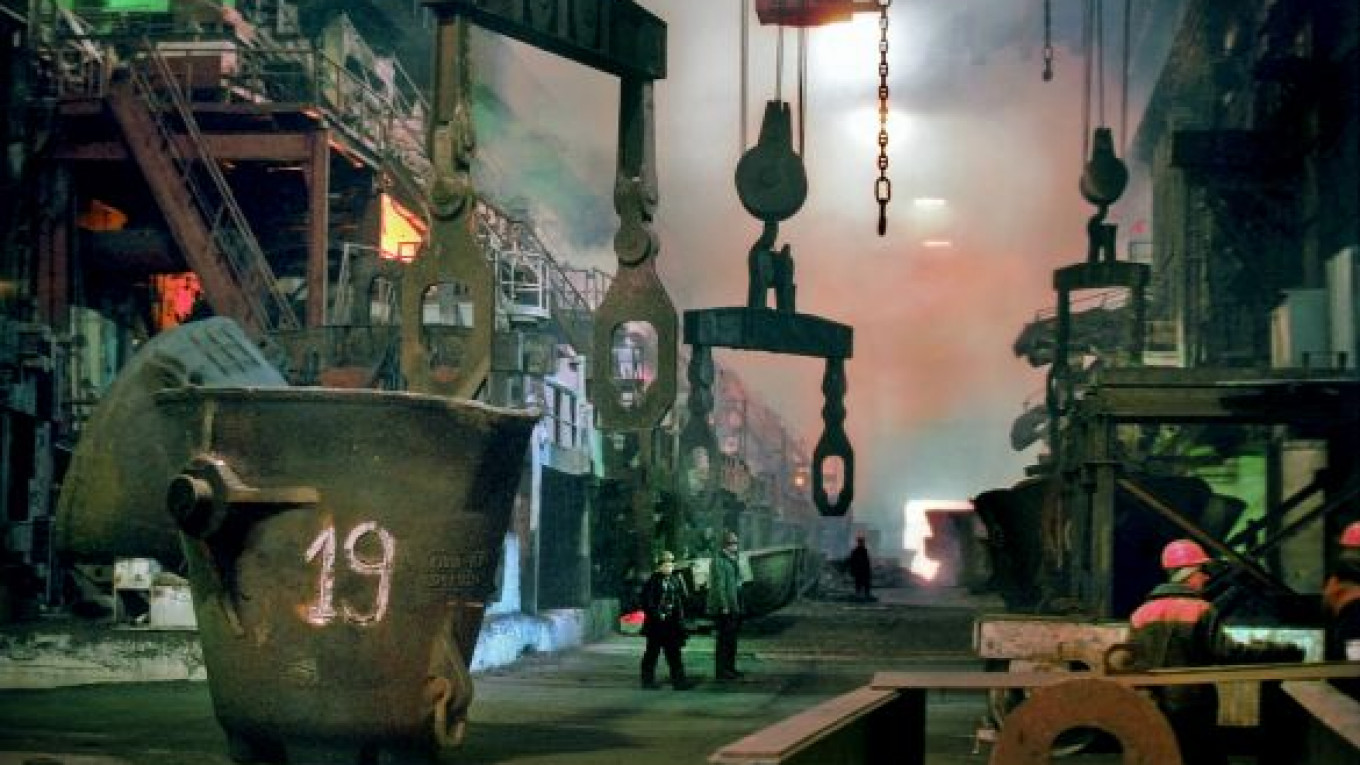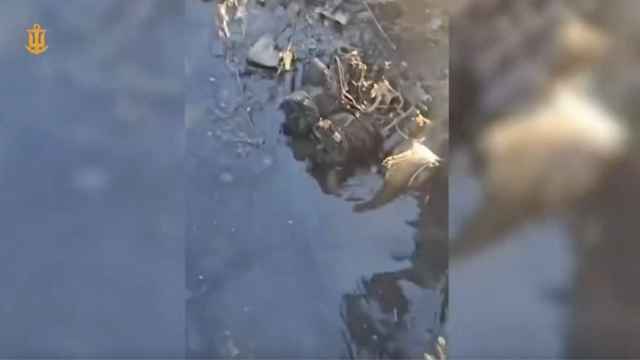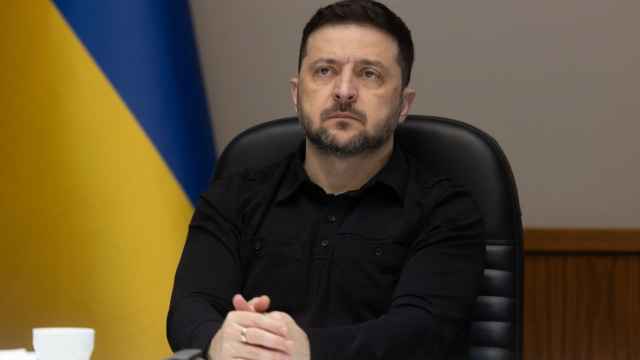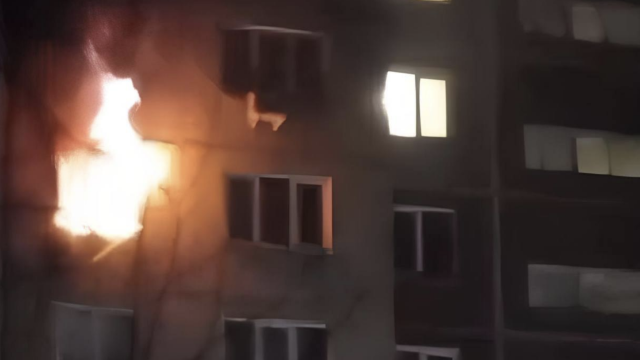Norilsk Nickel’s polar division, the mining company’s biggest earner in the past decade, will spend $20 billion by 2030 to stop production from falling, according to its head, Yevgeny Muravyov.
The division must invest in new projects to counter dwindling output as the ore it mines yields less metal, Muravyov said in an interview in Norilsk, a town north of Siberia where the unit is based. The division must raise ore output by about 3 percent a year to keep nickel production flat, he said.
The polar business has accounted for as much as 80 percent of Norilsk Nickel’s profit since the company’s sale by the state in 1997, and fueled its expansion abroad. Its metallurgical complex north of the Arctic Circle has mined more than $200 billion of nickel, copper, palladium and platinum — based on current prices — since 1935, when prisoners of Josef Stalin’s labor camps began production there.
At stake is the productivity of a company that supplies 22 percent of the world’s nickel — a silvery metal used in stainless steel and batteries — and 40 percent of the world’s palladium, used in jewelry and pollution-control equipment for vehicles.
“We still have reserves sufficient for at least 80 years and can mine another $200 billion of metals and hopefully more, as the share of more expensive platinum-group metals in our production is set to increase in 20 years,” Muravyov said.
Deeper Mines
The polar division has dug 1,200 kilometers of underground tunnels, four times the length of the Moscow subway, to produce metals. The company now mines ore from as deep as 1.3 kilometers below ground, pushing up costs.
While output expenses may rise by 10 percent to 12 percent in the “long term” because of lower-grade ore and spending on new projects, Norilsk’s costs will remain among the world’s lowest given the ores’ “unique product mix,” Muravyov said.
Norilsk’s deposits are singular because nickel, copper, palladium and platinum can be extracted from the same ore, said Vladimir Zhukov, an analyst at Nomura Holdings in Moscow.
“Other global miners normally have an ore which contains a single metal at a high grade, and other metals as by-products at relatively low grades,” Zhukov said.
The polar unit plans to maintain its copper output by processing state-owned copper-concentrate reserves, stored since the 1980s, within the next five years, before putting new deposits into production, according to Muravyov.
Russian Investments
“It appears quite logical, at least for the time being, for the company to focus on the organic growth opportunities and domestic investments, where Norilsk has strong competitive advantages,” said Nomura’s Zhukov. “It is very difficult to find an attractive acquisition target for Norilsk Nickel globally at the moment.”
The town of Norilsk, home to about 205,000 people, a quarter of whom are employees, will also benefit from the company’s plans to spend $1 billion by 2015 to cut sulfur-dioxide emissions and improve the environment of the area, Muravyov said.
“It’s a purely social project, but we need to improve the environment in Norilsk and make the working conditions more comfortable,” he said.
Norilsk Nickel is considering altering the technology it uses at the polar division and employing chemicals instead of furnaces to produce metals from concentrate, Muravyov said. The change would help protect the environment because using furnaces releases polluting gases into the air.
New Technology
“We’re considering switching from pyrometallurgy to hydrometallurgy based on Activox technology,” Muravyov said.
Within a year, the company will test whether the technology, which Norilsk bought in 2007 as part of its $6.5 billion LionOre acquisition, will be suitable for Arctic ores. Activox uses chemicals to dissolve nickel from concentrate and then produce the pure metal.
“The cost of applying Activox in Norilsk still needs to be evaluated,” Muravyov said. Installing the technology at all of Norilsk Nickel’s facilities, at a cost of as much as $10 billion, would allow the company to “remove all ecological problems and cut electricity and gas consumption,” he said.
A Message from The Moscow Times:
Dear readers,
We are facing unprecedented challenges. Russia's Prosecutor General's Office has designated The Moscow Times as an "undesirable" organization, criminalizing our work and putting our staff at risk of prosecution. This follows our earlier unjust labeling as a "foreign agent."
These actions are direct attempts to silence independent journalism in Russia. The authorities claim our work "discredits the decisions of the Russian leadership." We see things differently: we strive to provide accurate, unbiased reporting on Russia.
We, the journalists of The Moscow Times, refuse to be silenced. But to continue our work, we need your help.
Your support, no matter how small, makes a world of difference. If you can, please support us monthly starting from just $2. It's quick to set up, and every contribution makes a significant impact.
By supporting The Moscow Times, you're defending open, independent journalism in the face of repression. Thank you for standing with us.
Remind me later.






